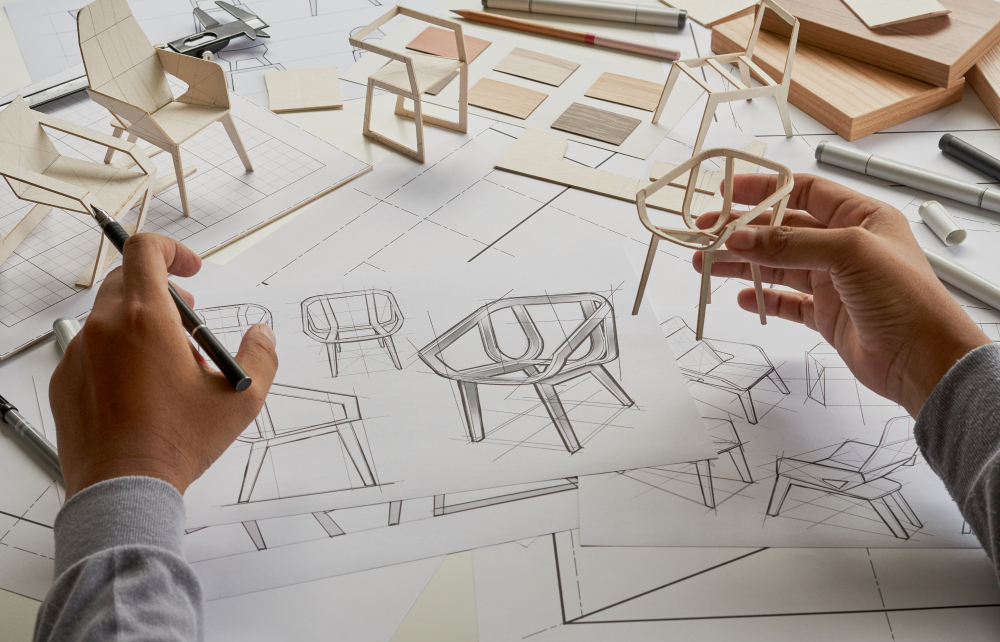As urbanization is increasing rapidly, the number of people moving from towns to cities is increasing. At the moment, 56% of individuals live in cities and the percentage is said to increase to 70% by 2050, according to the World Bank. A number of individuals live in rural areas either out of choice or due to compulsion. Speaking of mansions and real-estate in general, they have become expensive and are unaffordable to many.
Sustainability does not only include saving electricity, water and being environmentally friendly. It also includes the concept of Sustainable Living. Urban sustainable living is the design of an economical and sustainable home, and it focuses on reducing the negative impact of infrastructural facilities on the environment. Due to infrastructural issues, space becomes less, apartments become smaller and rent increases; this prolonged trend exists worldwide.
As a solution to this, robotic furniture enlarges small spaces without adding costs and adds functionality as well as style to a small-scale apartment. One such upcoming tech firm, which creates and builds robotic furniture, based in New York, is “Ori. The startup now collaborates with some of the biggest retail brands such as IKEA. Other companies selling such furniture include ‘Bumblebee-The Space Company’ and ‘Clei’, which use a similar AI Algorithm to build and furnish apartments.
Robotic furniture allows the transformation of one-bedroom residential flats into multipurpose spaces. It is adjustable, automated, and adaptable, which allows a change of space at the click of a button: a bedroom can be converted into an office space or living room, or dining area at a click of a button. The cost of Robotic Furniture in the USA is about 10000 USD which is equivalent to 7 lakhs INR. These pricings are too high and unaffordable for Indian citizens.
A cost analysis done by the ‘Journal of Automation and Control Engineering’ stated that “our design would cost about 43,680 INR which is far cheaper and hence, more accessible”. Market analysis by DataVagyanik states,” the global robotic furniture market size is expected to have a substantial share in the furniture market by 2030 and will grow at a significant rate during that time”.
Robotic furniture inculcates a blend of mechanical, technological, and electronic systems. The furniture rolls in and out or retracts through wheels and the robotic element utilizes machine learning to move the object across the floor/living area. However, the launch of such high-tech furniture has only been introduced and is retailed in the USA, Hong Kong, and Japan.
Companies like Airbnb are also considering licensing robotic furniture, which may appeal to their customer base. Although robotic furniture is not yet widely used in Van-dwellings, it is perfect for individuals living in such domains, as it saves space, and is more economical and sustainable as one room can be converted to another with ease.
There has been an evolution from modular furniture into “Shape Shifting” furniture. Robotic furniture caters to and focuses on the needs of urban customers living in small spaces and is the solution to turning small spaces into bigger, more affordable, and efficient spaces. It also contributes towards solving space and infrastructural issues and allows the space to adapt to the individual rather than the individual adapting to the space.
Advantages: –
As already mentioned, robotic furniture is multifunctional and can turn a limited space into a versatile space at the click of a button, whether it be a bedroom, an office space, or a kitchen. Robotic furniture is perfect for work-from-home circumstances, where a person can convert their comfortable home environment into a professional workspace. Usually, the smaller the space, the more difficult it is to work from home and concentrate. With the usage of robotic furniture, it is possible to change this scenario and make a small space an easier, more versatile, and professional space to work in.
SDGs are the global goals of the UN to foster sustainability, inclusivity, and hope for a better and brighter future. Goal 9 of the United Nations Sustainability Development Goals is to: Build resilient infrastructure, promote inclusive and sustainable industrialization and foster innovation. Robotic Furniture does exactly this. It is resilient, inclusive of all spaces, and is an innovative invention, something never seen before.
Robotic furniture helps resolve the issue of high urban space density.
In places like Japan and Hong Kong, people live in houses as small as 160 square feet. Such people will greatly benefit from robotic furniture as it is built using a machine learning system wherein the system maps out the image of the house and creates shape-shifting furniture to fit the size of that space, which can further be converted to multipurpose areas with great ease.
This automated furniture system allows an individual to utilize every square inch of their home, which in turn reduces their carbon footprint. Just like travel and the manufacturing industries increase carbon footprints, the furniture industries as well have the capacity to do so. Robotic furniture has a ‘technology-eco advantage’. Technology-eco advantage refers to the usage of advanced technology and newer, better ways of working which provide successful solutions and promote net-zero and other SDG goals.
The AI Algorithms which are used to build such furniture consider every detail, including the analysis of furniture and products which will be most conducive and environmentally friendly to use. Besides, it also suggests more sustainable alternatives.
Versatility is what our generation seeks and requires, and robotic furniture offers exactly that. Robotic furniture is innovative and is the future of furniture.



